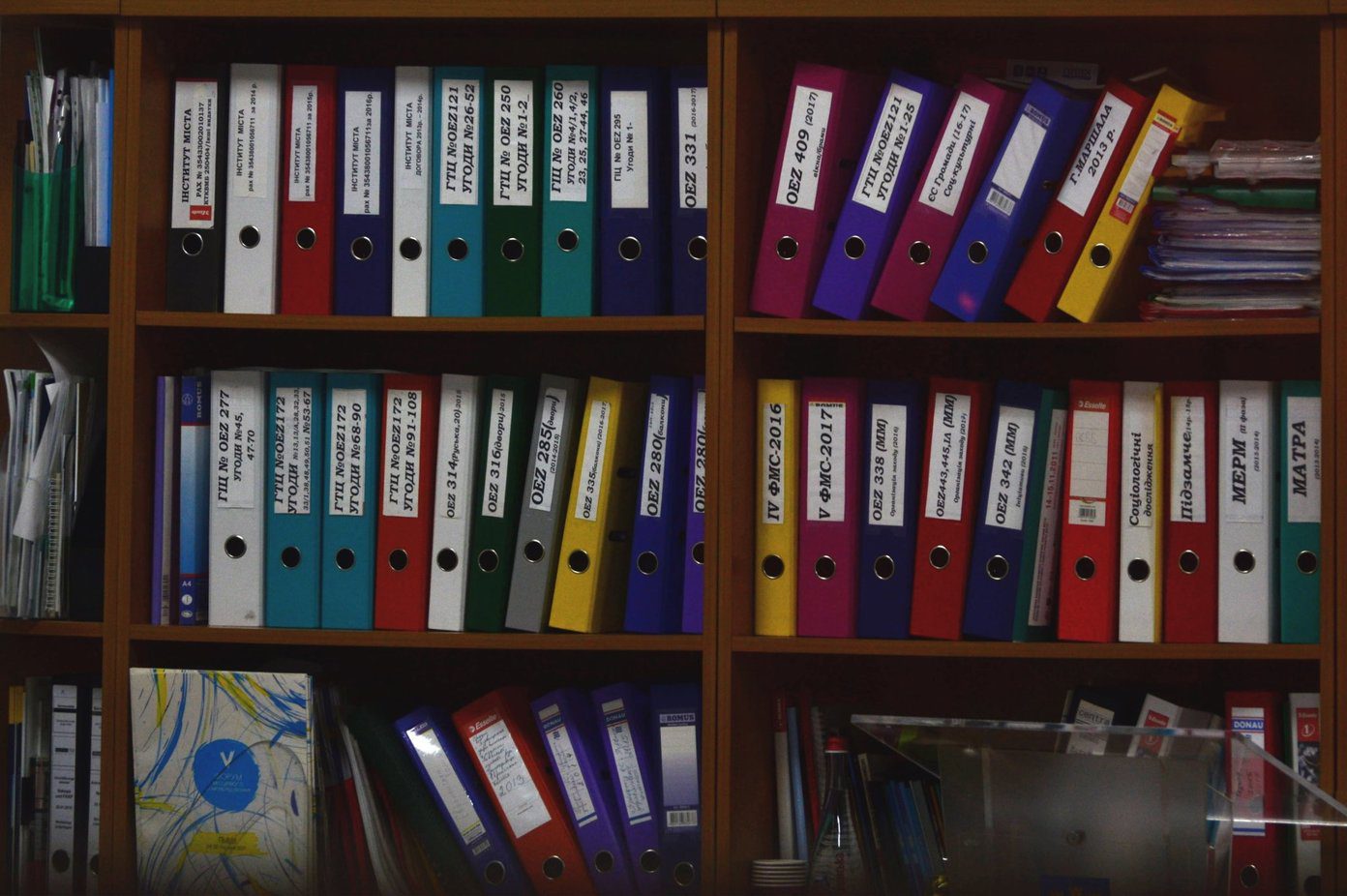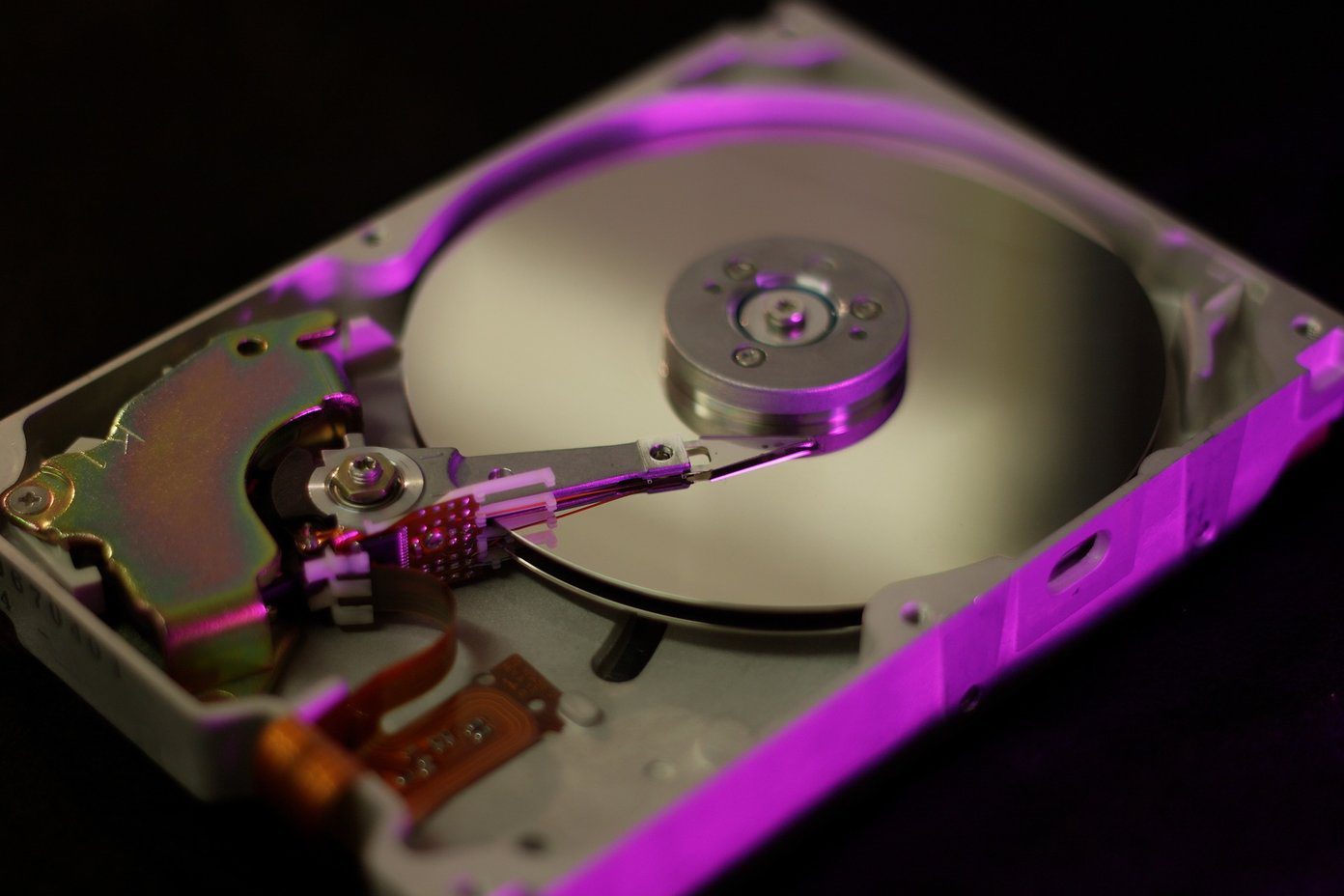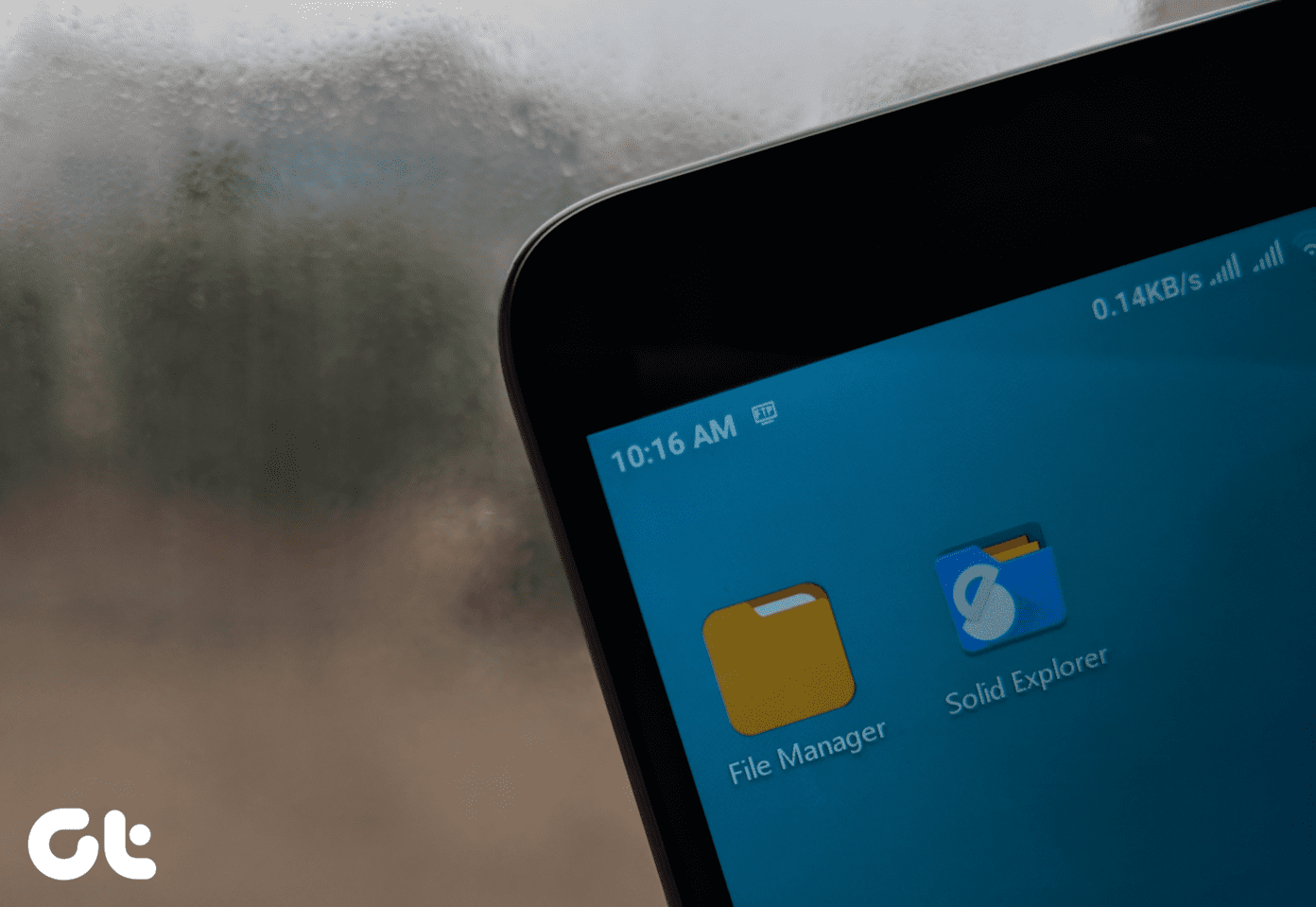However, the native file explorers don’t support a lot of features. And that’s why users switch to third-party explorers like Solid Explorer, ES File Explorer, Amaze etc. While some users prefer to use ES File Explorer, I personally like Solid Explorer more as it’s not bloated. Apart from that, it is well-stocked with interesting features. Some of them are apparent while others are buried down. However, you don’t need to worry as we have done the dirty work of digging them up. In this post, we will explore top 15 Solid Explorer tips and tricks that you can use.
1. Change View Mode
Do you like to view your files in a list view … or grid view? No matter what you like, the app offers both. In addition to these two, you can also view files in the Gallery and Compact mode. To change the layout mode, tap the three-dot icon at the top-right corner on any screen of Solid Explorer and hit the View options menu. Then choose the View mode from the available four modes. Interestingly, you can set the View mode for a particular folder. Meaning, the mode will be applied to the current folder only.
2. Resize Layout
If you aren’t satisfied with the size of the view mode, you can resize the files or folders. This can be done with the help of zoom gesture. Just pinch in and out of the screen to decrease or increase the size of the list.
3. Select Multiple Files
To select multiple files, one usually holds the first file or folder and then taps on other files. However, instead of holding the first file, you can simply tap the icons of files or folders to select them. Further, to select all files after selecting the first file, tap the Select all icon at the top-right corner. In order to deselect files, tap the Deselect all icon present next to the Select All.
4. Enable Alphabetical Scrolling
You know how in contacts you can directly go to an alphabet using the alphabetical scrolling. The same feature is available in Solid Explorer for files and folders. However, it is disabled by default. In order to enable it, tap the three-dot icon at the top-right corner and select Folder options. Then, from the menu, check Show sections.
5. Change Directory Quickly
While browsing content in Solid Explorer, one usually taps the back button to go to previous folders. If there are many folders and you want to go to the first folder, tapping the back button will be tedious job. To simplify the process of browsing, you can tap the folder names at the top. When you tap the folder name, you will be directly taken to that particular folder.
6. View Clipboard Content
While copying or moving files, in order to make sure that you have copied the right data, Solid Explorer lets you view your clipboard content. To do so, first copy or cut the file and then tap the clipboard icon at the bottom. This will show all the copied content.
7. Compress and Archive Files
Solid Explorer comes with a built-in ability to compress files and create an archive. The feature isn’t directly visible but is available only when you select a file. You can create a ZIP file and choose the compression quality accordingly. In order to create an archive, select the files or folders and tap on the three-dot icon at the bottom-right corner. Then from the menu, select Archive option. You will be asked to name the file and choose compression mode and quality. You can even protect your file with a password.
8. Add Shortcut To Home Screen
There are some files and folders that we use frequently. Instead of opening Solid Explorer, we can create their shortcuts on the home screen of our device for faster access. To create a shortcut of any file or folder, select the item and hit the three-dot icon at the bottom-right corner. Then tap on the Create shortcut option from the menu.
9. View Folder Properties
This explorer provides a lot of useful information about each folder. You can check the types of files available in each folder, top 20 items occupying maximum storage, number of files etc. To do so, select the folder and hit the three-dot menu at the bottom-right corner. From the menu, select Properties.
10. Change Theme and Icon set
Every person has a different taste. While some prefer dark themes, others, like me, dig for light themes. You don’t need to worry about themes in Solid Explorer as the app offers many options. You can set a white, light, dark, or black theme. You can even set Auto light + Dark and Auto Light + Black theme. In addition to themes, you can choose to customize the overall color scheme. Further, the app also lets you select icon sets. If you are not satisfied with the choices provided, you can download new icon sets from the Play Store. To change the theme and icon set, open the Solid Explorer navigation drawer and tap the Settings icon.
11. Hide Files and Folders
Similar to launchers, Solid Explorer comes with the capability to hide files and folders. When you hide a file or a folder, they will not be visible in the explorer. It would look like as if these files don’t exist. However, they will be present under the separate section called ‘Hidden folders’ in the navigation drawer. To hide a file, select the file and choose the Hide option from the three-dot menu at the bottom-right corner. To unhide a file, open the navigation drawer and go to Hidden folders. Then select the file and tap the Undo icon at the top.
12. Dual Panel Mode
If you use a tablet or a device with a large screen, you will love Solid Explorer. To avoid wastage of screen space, Solid Explorer comes with a Dual Panel Navigation. And what’s that? Read on. In the landscape mode, Solid Explorer shows two independent explorer panels where you can simultaneously browse and view content in each of the panels. In case you are wondering, yes, you can drag and drop files between these two panels. Although the feature is enabled by default (and can be turned off in the Settings), you will have to rotate your device to view it.
13. View and Transfer Files Between Android and PC Without Cable
Solid Explorer comes with two interesting features with the help of which you can transfer files from Android to PC and vice versa. The first one is accomplished with the help of FTP connection. You will need to download a separate plugin to activate FTP server on Solid Explorer. To view your Android files on PC, tap the Add icon and choose New Cloud connection. Select FTP and download the FTP plugin from the link in the app. Then follow the on-screen instructions to set up an FTP server. Similarly, you can access your shared files and folders from PC on your Android device with the help of LAN/SMB connection.
14. Access Cloud Storages
Apart from PC files, you can also view files from other cloud storages directly inside Solid Explorer. Thanks to this, you don’t need to download their dedicated apps. You can connect to services like Google Drive, Dropbox etc. To do so, tap the Add icon and create a New cloud connection. Then choose the service that you want to connect to.
15. Exit App
Instead of tapping the back button multiple times to exit the app, Solid Explorer provides a neat shortcut to achieve the same. All you need to do is hold the back button on any screen to exit the app instantly.
Wrapping It Up
These were some of the interesting Solid Explorer tips and tricks that will improve your experience. Do let us know in case we missed an important one. The above article may contain affiliate links which help support Guiding Tech. However, it does not affect our editorial integrity. The content remains unbiased and authentic.



































